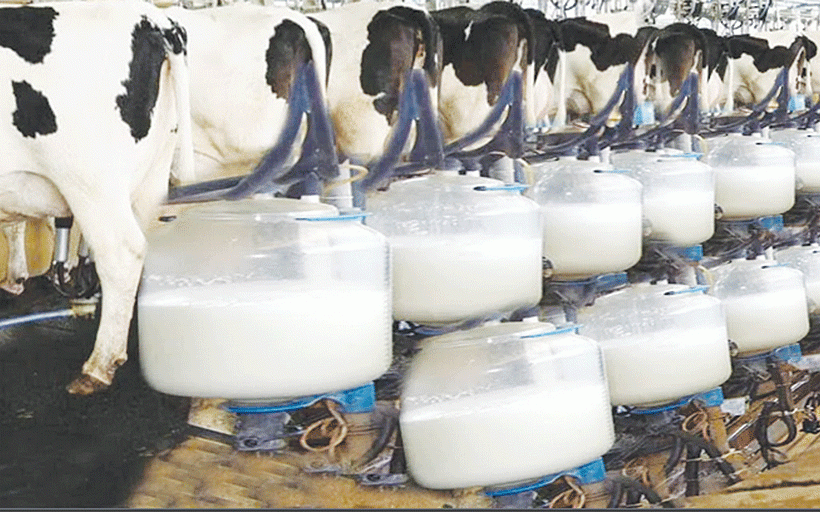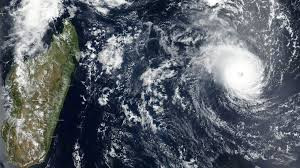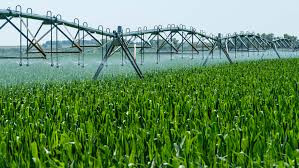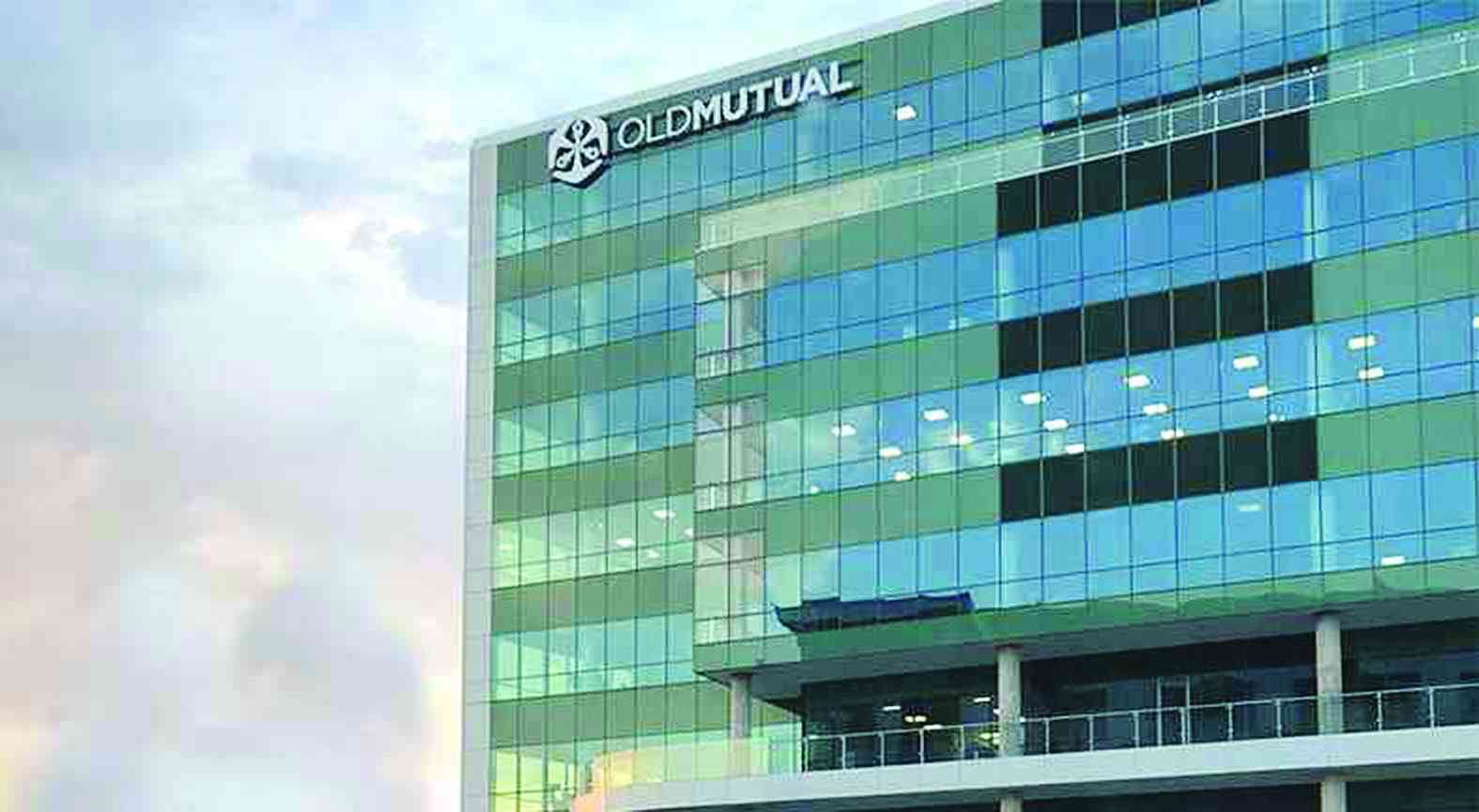
HIGH cost of production, limited use of artificial insemination and limited access to affordable finance are among the major challenges affecting growth of the national dairy herd as milk production remains subdued.
A Zimbabwe Agriculture Sector Report produced by IH Securities shows that feed alone now accounts for more than 80% of the total cost of production for the dairy sector.
“The major challenges affecting growth of the national herd include but not limited to feed which now accounts for over 70-80% of the cost of production, limited use of Artificial Insemination (AI) and sexed semen, loss of dairy cow genetics from natural breeding, limited access to affordable finance for procurement of heifers, limited supply of heifers by breeders in Zimbabwe and diseases,” IH noted.
The sector has been facing a myriad of challenges but interventions through a heifer programme are expected to boost milk production in the short term.
Government has put in place a livestock growth plan which is expected to turn the agriculture sector into a US$8,2 billion industry by 2025, with the dairy subsector contributing US$1,9 billion.
At its peak in the early 90s, Zimbabwe had a 42 000-milking herd producing 260 million litres of milk annually.
Output dropped to an all-time low of 36 million litres in 2009 with the dairy herd also falling to 22 000. Since then, Zimbabwe has been on a recovery path and as of 2021, produced 80 million litres.
“According to ZADF, there are approximately 30 000 people employed within the dairy value chain sector and 13 000 personnel employed indirectly. The country has the potential to produce over 250 million litres annually and the government targets that this potential is realised within the next three years,” IH said.
- Teachers, other civil servants face off
- Veld fire management strategies for 2022
- Magistrate in court for abuse of power
- Vungu Dam water treatment and irrigation project takes off
Keep Reading
- Follow us on Twitter @NewsDayZimbabwe











